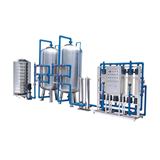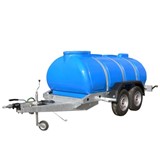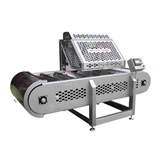Adam Daniel, who recently completed his PhD at Waikato University, found about three quarters of the koi he followed moved out of the river and into lakes and wetlands during August and September in preparation for the spawning season, which peaks in October.
They also moved in response to changes in water levels and flow rates in the channels linking these habitats to the river.
Daniel's supervisor, Professor Brendan Hicks, says the koi are vulnerable to trapping when they are moving between the river and the lakes, and this gives a mechanism for doing some population control.
"A lot of these lakes have level controls on them, so the next stage is to see if we could work collaboratively with the people who are responsible for those level controls to coordinate trapping with water releases," says Professor Hicks.
"Adam's work shows that this is likely a worthwhile exercise to go through because we can target specific flow manipulation and the locations the fish are moving through."
Daniel's used acoustic and radio tags to track the movements of 106 fish. He found that when water levels were unusually low in 2007 koi were unable to move into favoured feeding locations such as Lake Whangape, and instead would travel up to 120km along the river. The same period in 2008 was much wetter, so that the carp had access to flooded areas along the riverbank and needed to move much less.
He also investigated the best ways to implant tags into the koi. In previous studies the sites where these tags were implanted tended to become infected when water temperatures were high, ultimately resulting in the tags dropping out.
After trialling several ways to reduce this he found the most promising technique was to administer a newly developed slow-release antibiotic at the time of implantation.
He says with long-term commitment and thoughtful planning, it should be feasible to remove a significant proportion of the koi from the lower Waikato.

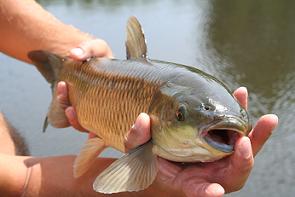

-160x160-state_article-rel-cat.png)

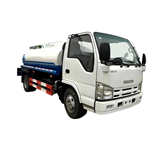





-160x160-state_article-rel-cat.png)
